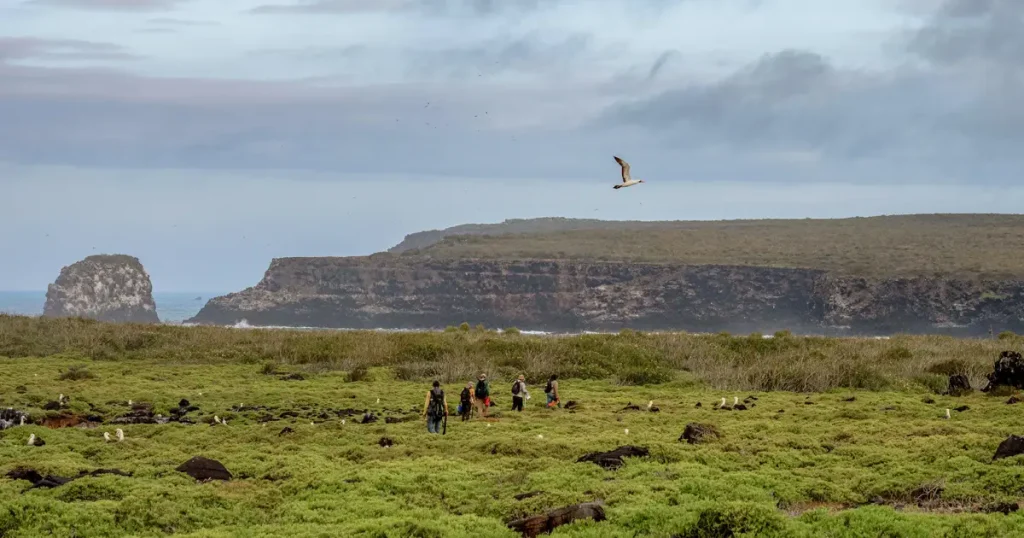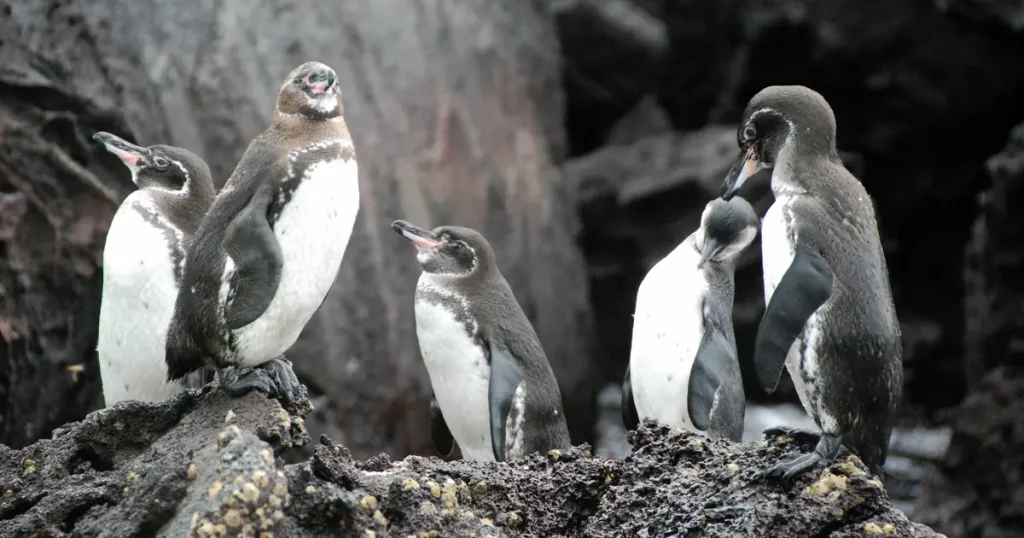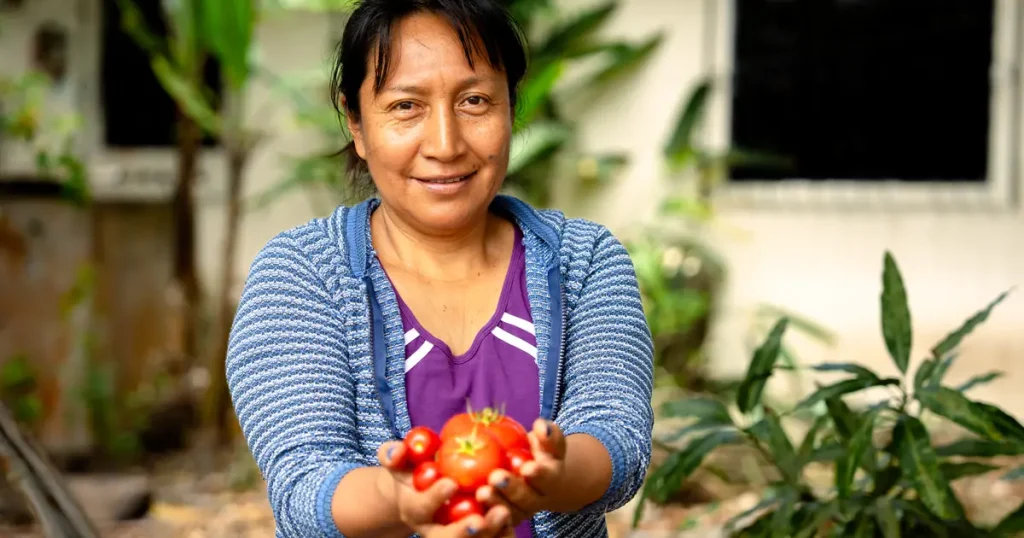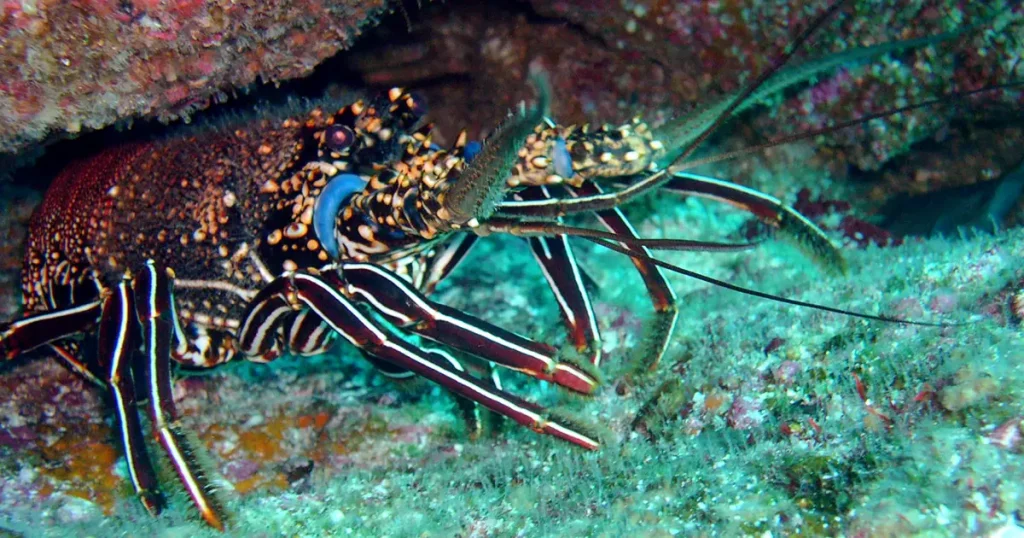BREAKING: Ecuador Announces Expansion of Galápagos Marine Reserve
[Versión en español abajo]
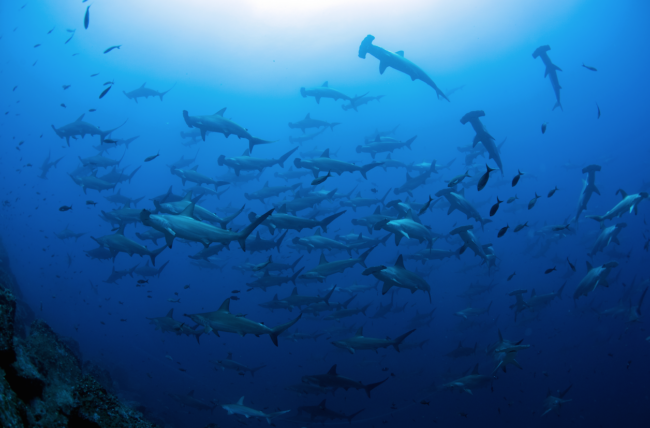
Marine conservation endowment matching gift challenge launched
Santa Cruz, Galápagos, January 14, 2022 – This afternoon, in a historic victory for ocean conservation efforts in Galápagos and worldwide, Ecuadorian President Guillermo Lasso officially signed the declaration to expand the boundaries of the Galápagos Marine Reserve by 60,000 square kilometers (23,166 square miles) bringing the total area to an incredible 198,000 square kilometers (76,448 square miles) of protected marine habitat. The expansion includes a 30,000-square-kilometer “no-take” migratory superhighway – the Galápagos-Cocos Swimway aka the Hermandad Marine Reserve – that connects the Galápagos Marine Reserve with protected Costa Rican waters.

Created in 1998, the Galápagos Marine Reserve (aka the Hermandad Marine Reserve) boasts one of the richest concentrations of biodiversity on the planet. It is home to a wide range of permanent and migratory protected species including Whale Sharks, Hammerhead Sharks, Eagle Rays, Mola Mola, Green Sea Turtles, Galápagos Penguins, Tuna, and more. Marine reserves also serve as carbon sinks and are considered an effective method to combat climate change. Now — thanks to a unified effort by the governments of Ecuador, Costa Rica, Panama, and Colombia to expand and link their respective marine protected areas (MPAs) — the Reserve now connects to the newly formed Eastern Tropical Pacific Marine Corridor, one of the largest protected seascapes in the world.
At the signing ceremony, attended by Galápagos Conservancy’s Director of Conservation Washington Tapia and other members of the Galápagos conservation community, President Lasso had this to say about the new reserve: “As of today, Costa Rica, Panama, Colombia, and Ecuador are going to protect and connect two of the most biologically significant habitats in the world, today we are declaring a marine reserve for an area of 60,000 square kilometers that are added to the ocean, the great climate regulator.”
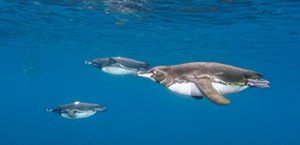
The seminal declaration will act as an accelerant for marine conservation action, both by Galápagos Conservancy and other organizations operating in Galápagos. As a leading conservation organization in the Islands, Galápagos Conservancy is committed to embracing the momentum created by this historic decree by ramping up our investments in marine initiatives. That’s why, in 2022, we will launch more marine-focused programs than ever before. We recently awarded a number of targeted impact grants to key scientists and organizations to support their efforts to research, protect, and restore the wildlife and ecosystems of the Marine Reserve. By collaborating in this way with initiatives throughout the Archipelago, we will support projects to protect the Reserve from illegal fishing, restore coral reefs and mangrove ecosystems, identify shark breeding zones, combat threats to seabirds and sea mammals, construct artificial penguin nests, and generate a deeper and more profound understanding of our local and global oceanic system.
To commemorate this momentous event, we are thrilled to announce that a longtime friend of Galápagos Conservancy, Dr. Cleveland P. Hickman, Jr., has stepped up with an additional $50,000 matching gift challenge that will add to our existing $400,000+ Hickman Marine Endowment. This new matching gift will help ensure that these marine projects, and the many more to come, will have the resources necessary to accomplish their crucial objectives. As a marine biologist himself, Dr. Hickman is challenging his fellow supporters to match and exceed his generous donation to reach $100,000 in new funds for marine conservation. By giving to the Hickman Marine Endowment, you are adding your voice to the millions of those around the world calling for the protection of our oceans. Thank you in advance for joining us and rising to the challenge.
Visit the secure Hickman Marine Endowment giving form to make your donation. For major gifts, please contact Roger at roger@galapagos.org for more information and to pledge your commitment to invest in this historic opportunity to save marine wildlife in Galápagos and beyond.
“Galápagos Conservancy is indebted to Dr. Hickman for his ongoing commitment to protecting the marine wildlife and ecosystems of Galápagos. Five days ago on January 9, we celebrated the 32-year anniversary of Cleve’s incredible philanthropic giving to our organization,” said Galápagos Conservancy President Dr. Paul Salaman “It is only through the generosity of our donors that we can be the forward-thinking, research-oriented, and conservation action-focused organization we are. Alongside Cleve, I challenge you to invest in Galápagos.”
Ecuador oficializa la creación de su nueva reserva marina en Galápagos
El presidente de Ecuador, Guillermo Lasso, oficializó el viernes 14 de enero de 2022 la creación de la nueva reserva marina en Galápagos firmó un decreto ejecutivo para ampliar en 60.000 kilómetros cuadrados el área marina protegidas de las aguas que rodean al archipiélago ecuatoriano, perímetro que se suma a la reserva existente de 138.000 kilómetros cuadrados, creada en 1998.
Esta nueva reserva establecerá una migravía tambien conocida como Reserva Marina Hermandad, es decir un corredor biológico submarino que une las áreas marinas protegidas de Galápagos y la de Isla Coco de Costa Rica, por donde se movilizan peces, mamíferos marinos y otras especies migratorias, además de decenas de especies protegidas.
Representantes del sector conservación de la comunidad de Galápagos, entre ellos Washington Tapia de Galápagos Conservancy, fueron invitados a este evento histórico. Respecto a este logro ambiental, el presidente Lasso dijo “A partir de hoy Costa Rica, Panamá Colombia y Ecuador pasan a proteger y conectar dos de los hábitats biológicamente más significativos del mundo, hoy estamos declarando reserva marina a una zona de 60,000 Km2 que se suman a ese gran regulador del clima que son los océanos”.
La nueva reserva marina de Galápagos contará con 30.000 kilómetros de área en la que no se realizarán actividades pesqueras y 30.000 kilómetros de veto al palangre, en el área ubicada a continuación de la reserva marina hacia el noroeste, que servirán además para realizar investigaciones científicas, lo que permitirá disponer de un conocimiento más profundo de la biosfera.
Las reservas marinas son áreas a las que se aplica una legislación especial y restrictiva, para disminuir el esfuerzo de pesca en áreas determinadas con un valor potencial pesquero y ecológico, de manera que sirvan como zonas protegidas de reproducción y cría para facilitar la recuperación de los recursos.
